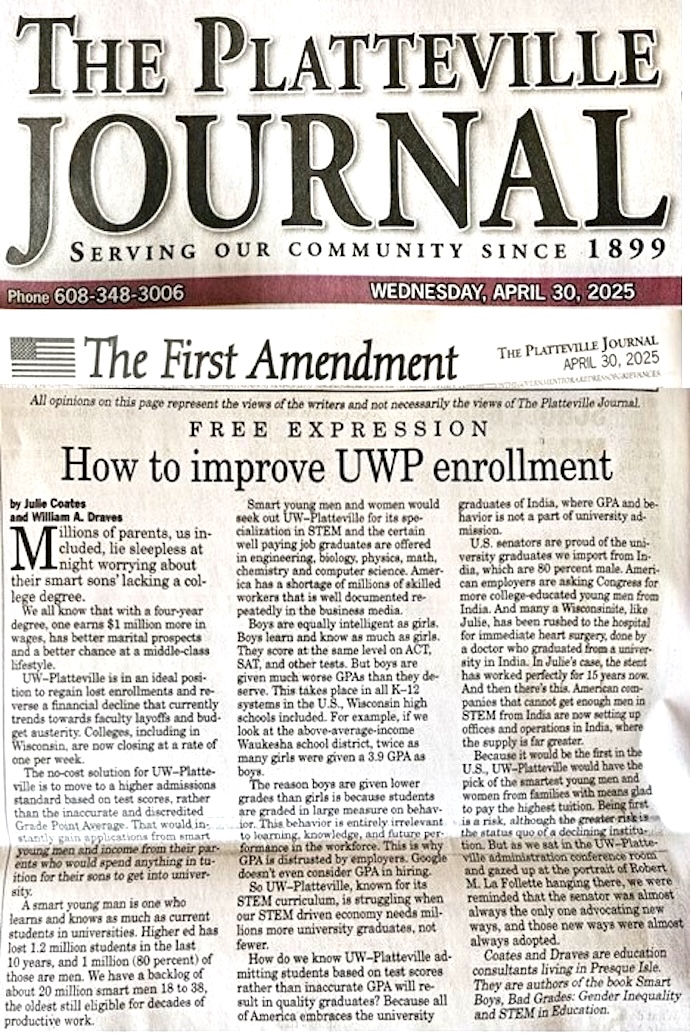Weekly Fiscal Facts are provided to Wisconsin Newspaper Association members by the Wisconsin Policy Forum, the state’s leading resource for nonpartisan state and local government research and civic education. The Wisconsin Policy Forum logo can be downloaded here.
- Download this column as a Word document
- See other WNA Member Content offerings
In the past five years, Wisconsin’s largest school districts and counties together shed more than $779 million in potential costs for health benefits for their retirees.
Though these largely unfunded liabilities still total a projected $3.26 billion, there has been progress in addressing them by schools and local governments including Milwaukee Public Schools and Racine County.
In a recent report, the Wisconsin Policy Forum found net obligations for retiree benefits excluding pensions have fallen since 2013 for most of the state’s 15 largest school districts and 10 largest counties.
The state’s largest county is a notable exception. Because of more conservative assumptions, projections of Milwaukee County’s unfunded commitments to provide health and life insurance to retirees rose $210.7 million between 2013 and 2018, to $1.35 billion, not including the county transit system.
RELATED: See more Fiscal Facts from the Wisconsin Policy Forum
Over the past several decades, many local governments in Wisconsin made the commitment to pay some or even all of their retirees’ health insurance costs — obligations known as “Other Post-Employment Benefits” (OPEB). Since then, the size of these projected liabilities has shot up along with the cost of health care, but local governments have set little or no money aside to cover these future costs.
The largest school districts report their projected OPEB liabilities fell to a total of $1.31 billion, a decrease of over $930 million, or 42%. Nine of the 15 districts have seen their expected commitments fall since the 2012-13 school year. The estimated liability for Milwaukee Public Schools has dropped by nearly 45% over the period but remains substantial, at $765 million.
In all but Milwaukee and Rock counties, projected OPEB liabilities for the state’s largest counties fell over the period. Liabilities ranging from $246 per resident to more than $1,700 remain, however, in Milwaukee, Racine, Kenosha, and Rock counties.
The trend toward reducing OPEB obligations appears to have accelerated in the wake of 2011 state legislation limiting public-sector union bargaining. Local changes have included ending the retirement benefit for new hires, requiring retirees to pay more of the premiums, or taking steps to reduce overall health costs.
Going forward, local officials will have to consider how to pay for or reduce the remaining benefits while retaining good employees, controlling the growth in property taxes, and maintaining local services.
This information is provided to Wisconsin Newspaper Association members as a service of the Wisconsin Policy Forum, the state’s leading resource for nonpartisan state and local government research and civic education. Learn more at wispolicyforum.org.



